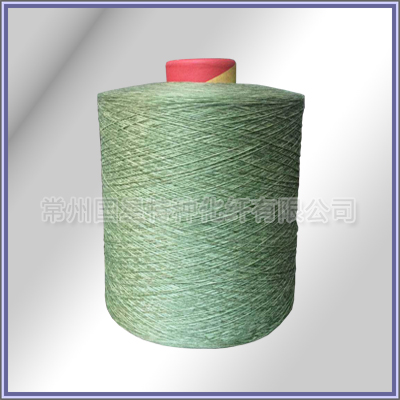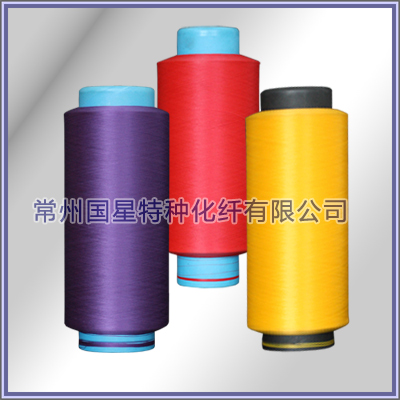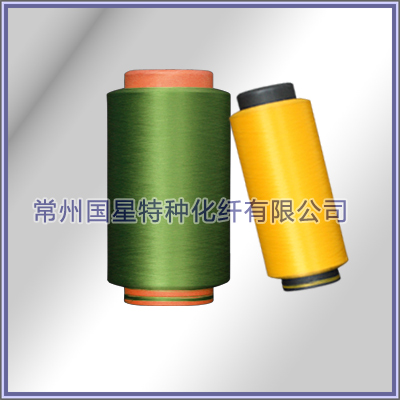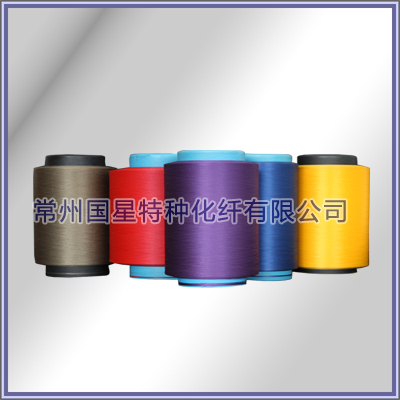In 2018, the textile industry is expected to maintain the momentum of steady growth. The economic growth is expected to be basically the same as in 2017. On the international front, the global economy is showing signs of sustained recovery. The economic growth rate may slightly accelerate from 2017, with consumer confidence firming up as the economy improves. Commodity price stability is also conducive to the recovery of production. It is expected that the export of the textile industry is expected to be more significant 2017 further improvement. In the domestic area, the national economy will continue its steady growth and provide a sound and healthy economic environment for domestic consumption. The "Three-product Strategy" will continue to promote textile enterprises to speed up adjustment and upgrading, continue to enrich product varieties, improve quality, enhance brand added value, Provide more choices for domestic consumption of textile and apparel and tap the potential of domestic demand.
At the same time, there are still many uncertainties in the development of the textile industry, and all kinds of risks still need to be strengthened with attention and response. The pressure of high cost has not been alleviated. The price of domestic electricity, labor and other factors is still obviously too high compared with that of Vietnam. Financing difficulties and financing problems have not been solved effectively for a long time. In the international market, the competition is fiercer. In 2017, the share of China's textile industry in the traditional market is still losing. From January to November, the share of the three major textile and apparel import markets in the United States, Japan and Europe declined by 0.4 and 0.9 respectively And 0.9 percentage points, this trend is still likely to continue in 2018. Domestic environmental protection supervision measures are more stringent. Textile enterprises have a heavier burden on environmental protection. In some areas, production discontinuation alone is a single regulatory measure. Production and investment activities of enterprises are limited and have become bottlenecks restricting the smooth development of the textile industry.

 +86-519-86266888
+86-519-86266888 gxhx888@126.com
gxhx888@126.com



